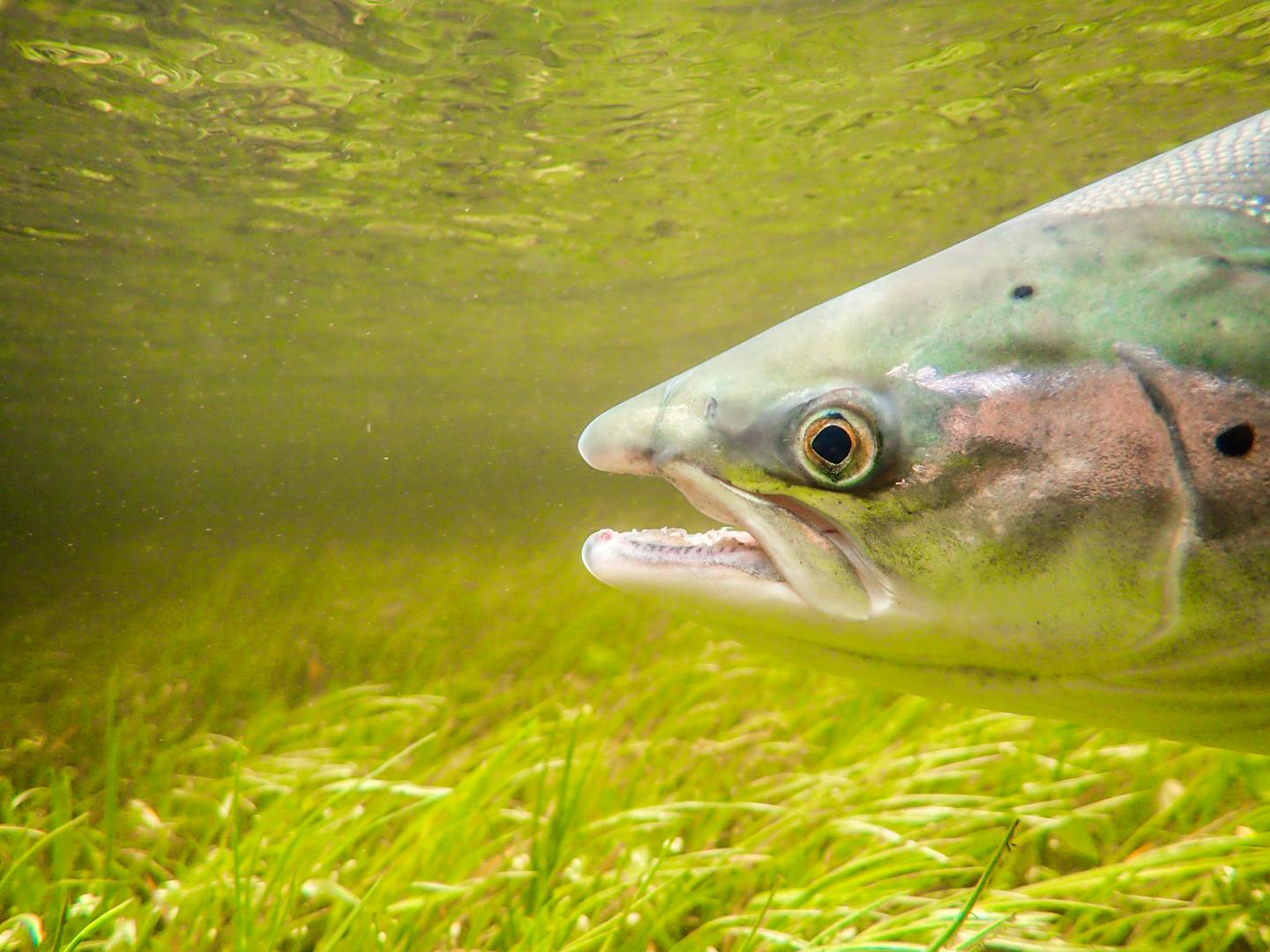When Storm Amy battered the Scottish Highlands in early October, it tore through a salmon farm’s sea pens, releasing around 75,000 fish into open water in Loch Linnhe. The scale of the escape is alarming. It comes at a time when wild Atlantic salmon – already classified as “endangered” in Great Britain – are in decline.
For an animal so central to the UK’s ecology, culture and economy, the incident has serious implications.
At first glance, it might sound like a rare bit of good news: thousands of fish freed from captivity, perhaps even helping to bolster wild populations. But the reality is far less heartwarming.
These fish are not wild salmon in any meaningful sense. They are highly domesticated animals, selectively bred over decades for traits that make them profitable in captivity but poorly equipped for survival in the wild.
Aquaculture – the farming of fish and other aquatic species – has become one of the fastest-growing forms of food production in the world. The most valuable of all farmed marine species is the Atlantic salmon, which accounted for 18% of global marine aquaculture production value in 2022. The UK is the third largest producer, with almost all production centred around Scotland’s coast.
Modern salmon farming typically involves rearing young fish in freshwater hatcheries before transferring them to sea cages or pens. Each farm may hold six to ten large nets, each containing up to 200,000 fish.
Having salmon nets open to strong tidal currents is key to their design, allowing clean oxygenated water to enter and waste to be removed. However, this also means that they are vulnerable to adverse weather conditions.
To combat this, more sheltered coastal regions are used, like fjords or lochs, but this only offers so much protection. Storm Amy demonstrated that vulnerability all too clearly.
From wild fish to livestock
Atlantic salmon farming began in the 1970s. Since then, the species has undergone intensive selective breeding, much like sheep, dogs or chickens. Fish have been chosen for faster growth, delayed sexual maturity, disease resistance and other commercially desirable traits.
Around 90% of the salmon used in Scottish aquaculture originate from Norwegian stock. After 15 generations of selection, these farmed salmon are now among the most domesticated fish species in the world. They no longer resemble their wild relatives in important ways.
Read more: Wild salmon are the Zendayas of the fish world – what that tells us about conservation
Farmed salmon differ genetically, physiologically and behaviourally. They are often larger, mature differently and feed on pellets instead of hunting live prey. Changes which make them more vulnerable to predators.
Farmed salmon even have traits which will make them less attractive to wild counterparts. Many would struggle to survive for long in the wild.
The problem isn’t just that farmed salmon die when they escape but what happens when some of them don’t. Studies show that in certain Scottish and Norwegian rivers, more than 10% of salmon caught are of farmed origin, with numbers highest near intensive farming areas.
Although these fish are maladapted to wild conditions, a few survive long enough to reach rivers and attempt to spawn.
When they breed with wild salmon, their offspring inherit a mix of traits – neither truly wild nor farmed – leaving them less suited to their natural environment. This process, known as “genetic introgression”, gradually damages the genetic integrity of wild populations.

Timing makes this latest incident particularly concerning. Wild salmon are now returning to Scottish rivers to spawn. The sudden influx of tens of thousands of farmed escapees increases the chance of interbreeding, and of long-term genetic damage.
The scale of this single escape is extraordinary. Scotland’s total returning wild salmon population is estimated at around 300,000 fish. The release of 75,000 farmed salmon represents roughly a quarter of that number.
Even if only 1% of the escapees survive and breed, that would mean around 750 fish entering rivers and potentially mixing with wild populations. A 2021 Marine Scotland report found that rivers near some fish farms are in “very poor condition”, with evidence of major genetic changes. Worryingly, other nearby rivers previously classed as being in “good condition” could now be at risk too.
Wild Atlantic salmon already face multiple human-driven threats like climate change, habitat loss, pollution and invasive species. Genetic pollution from farmed escapees is yet another blow. It’s one that undermines the species’ resilience to other forms of environmental change.
The release caused by Storm Amy may be one incident, but it’s symptomatic of a wider problem. As storms intensify with a changing climate, the likelihood of future escapes grows. Without tighter regulation, better containment measures and effective genetic monitoring of wild populations, these events could continue to erode what’s left of UK’s wild salmon.
Don’t have time to read about climate change as much as you’d like?
Get a weekly roundup in your inbox instead. Every Wednesday, The Conversation’s environment editor writes Imagine, a short email that goes a little deeper into just one climate issue. Join the 45,000+ readers who’ve subscribed so far.
This article is republished from The Conversation, a nonprofit, independent news organization bringing you facts and trustworthy analysis to help you make sense of our complex world. It was written by: William Perry, Cardiff University
Read more:
- Wild salmon are the Zendayas of the fish world – what that tells us about conservation
- How DNA analysis of our rivers and lakes can reveal new secrets about their biodiversity
- Eight ways to overhaul the UK’s inadequate sewer system
William Perry does not work for, consult, own shares in or receive funding from any company or organisation that would benefit from this article, and has disclosed no relevant affiliations beyond their academic appointment.


 The Conversation
The Conversation
 KCRA News
KCRA News Bozeman Daily Chronicle
Bozeman Daily Chronicle KSL Utah
KSL Utah WMBD-Radio
WMBD-Radio Rawlins Daily Times
Rawlins Daily Times AlterNet
AlterNet FOX 32 Chicago Health
FOX 32 Chicago Health Mediaite
Mediaite RadarOnline
RadarOnline